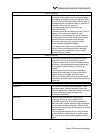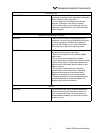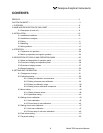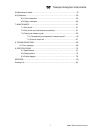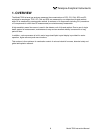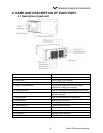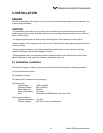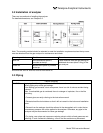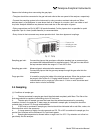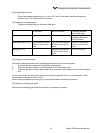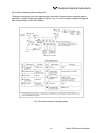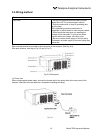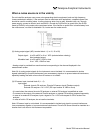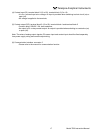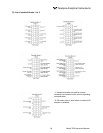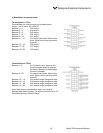Special offers from our partners!

Find Replacement BBQ Parts for 20,308 Models. Repair your BBQ today.
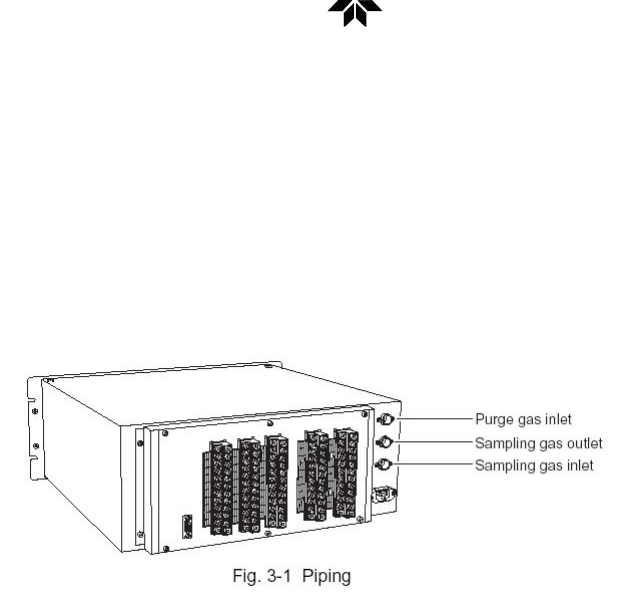
12 Model 7500 Instruction Manual
Teledyne Analytical Instruments
Observe the following when connecting the gas pipes.
• The pipes should be connected to the gas inlet and outlet at the rear panel of the analyzer, respectively.
• Connect the sampling system to the instrument by using corrosion-resistant tube such as Teon,
stainless steel, or polyethylene. In case where there is no danger of corrosion, donʼt use rubber or soft
vinyl tube. Analyzer indication may become inaccurate due to the adsorption of gases.
• Piping connections are Rc1/4 (NPT1/4) female-threaded. Cut the pipe as short as possible for quick
response. Pipe of ø 4mm (inside diameter) is recommendable.
• Entry of dust in the instrument may cause operation fault. Use clean pipes and couplings.
Sampling gas inlet: Connect the pipe so that zero/span calibration standard gas or measured gas
pre-treated with dehumidication is supplied properly. The gas ow rate should
be kept constant within the range of 1 L/min ±0.5 L/min.
Sampling gas outlet: Measured gas is exhausted after measurement.
Connect the pipe so that the gas may escape through the gas outlet into the
atmosphere.
Purge gas inlet: It is used for purging the inside of the total gas analyzer. When the analyzer must
be purged, refer to Item 3.4, Purging inside Analyzer. Use dry gas N2 or
instrumentation air for purge gas. (ow rate of 1 L/min or more should be used
and no dust or mist is contained).
3.4 Sampling
(1) Conditions of sample gas
1. The dust contained in sample gas should be eliminated completely with lters. The lter at the
nal stage should be capable of eliminating dust of 0.3 microns.
2. The dew point of sample gas must be lower than the ambient temperature for preventing
formation of drain in the analyzer. If water vapor is contained in sample gas, its dew point should be
reduced down to about 0°C through a dehumidier.
3 If SO3 mist is contained in sample gas, the mist should be eliminated with a mist lter, cooler, etc.
Eliminate other mist in the same way.
4. If a large amount of highly corrosive gas such as Cl2, F2 or HCl is contained in sample gas, the
service life of analyzer will be shortened. So, avoid such gases.
5. Sample gas temperature is allowed within a range from 0 to 50°C. Pay attention not to ow hot
gas directly into the analyzer.



